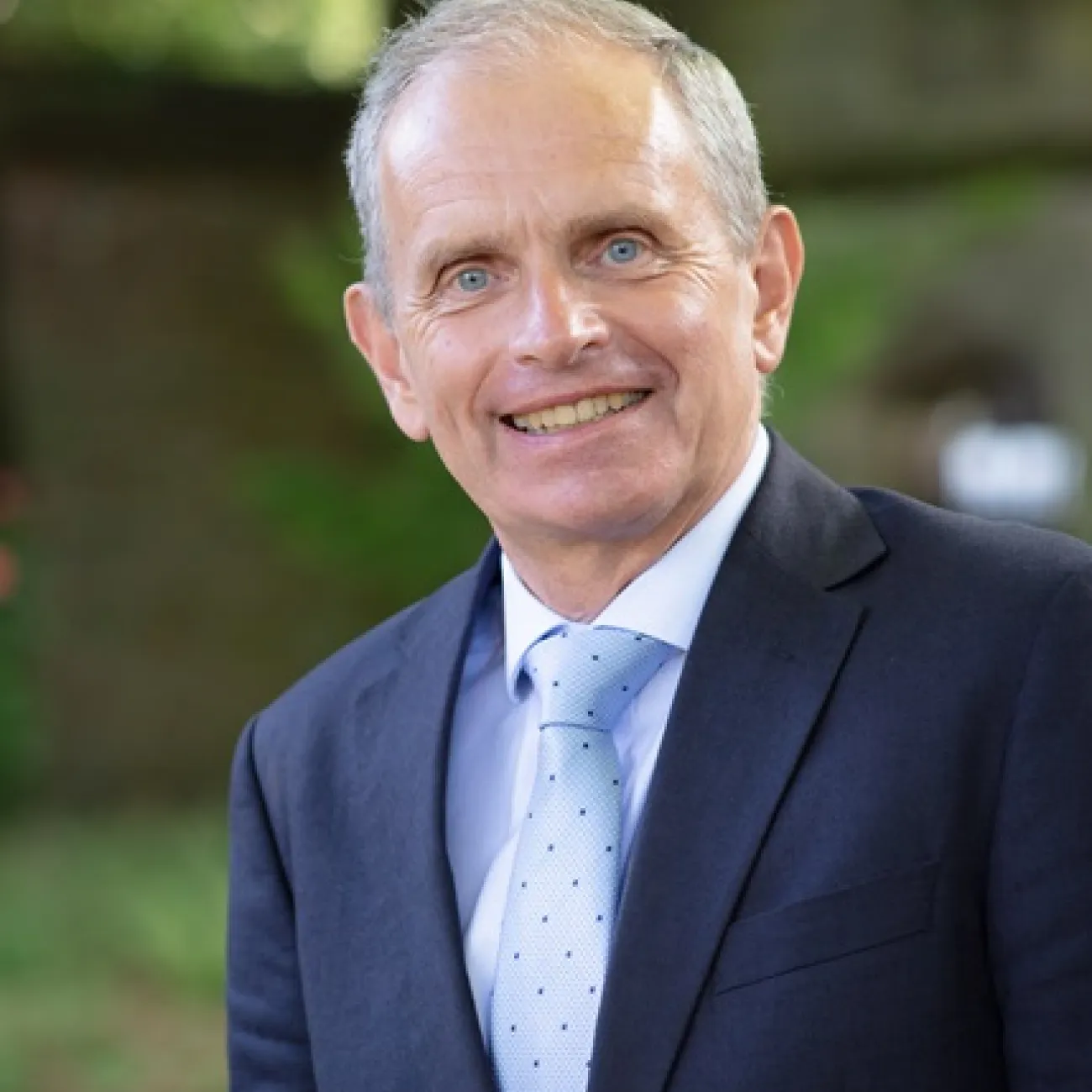About
Prof Chris Sachrajda FRS is currently Emeritus Professor of Physics in the Department of Physics and Astronomy and a Leverhulme Emeritus Fellow. He graduated in Mathematical Physics from the University of Sussex (1971) before obtaining a Ph.D. from Imperial College (1974). After research positions at Stanford University and CERN (Geneva), he joined the faculty of the University of Southampton in 1979. He was elected to the Royal Society in 1996, was one of the 50 recipients of the 50th Anniversary Fellowship of the University of Sussex and was the 2017 Schrödinger Professor at the University of Vienna.
Prof Sachrajda has had numerous senior responsibilities including Head of Department (1997-2000) and Deputy Head for Research (2003-2008). He led the Particle Physics Research Group (2001-2012) and was the founding Director of the Southampton Theory, Astrophysics and Gravity Research Centre (2012-2015). His service on external bodies has included membership of the Council of the Particle Physics and Astronomy Research Council (1998-2004) and as Chair of the STFC Review of Particle Physics Phenomenology (2015).
You can update this in Pure (opens in a new tab). Select ‘Edit profile’. Under the heading and then ‘Curriculum and research description’, select ‘Add profile information’. In the dropdown menu, select - ‘About’.
Write about yourself in the third person. Aim for 100 to 150 words covering the main points about who you are and what you currently do. Clear, simple language is best. You can include specialist or technical terms.
You’ll be able to add details about your research, publications, career and academic history to other sections of your staff profile.
